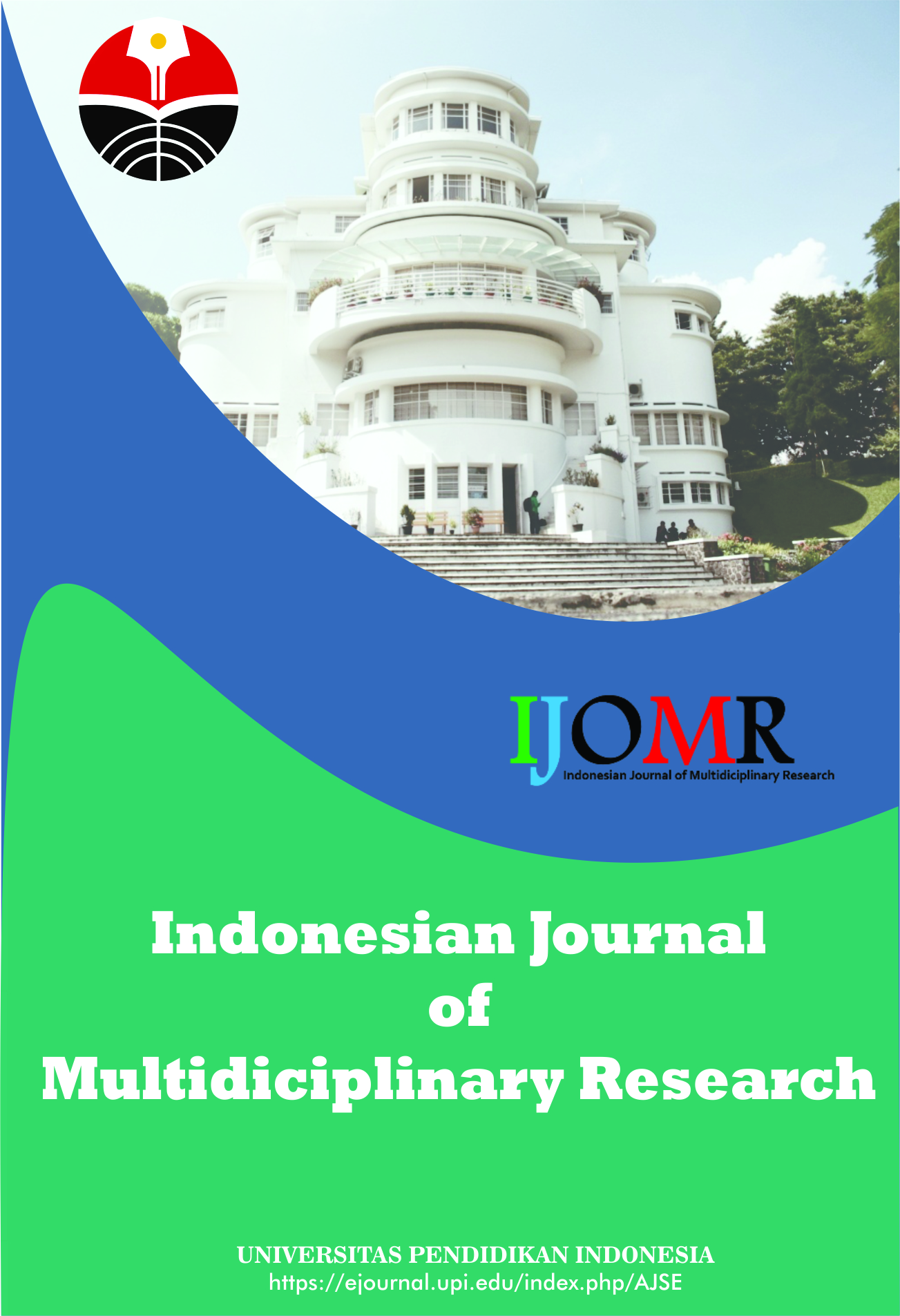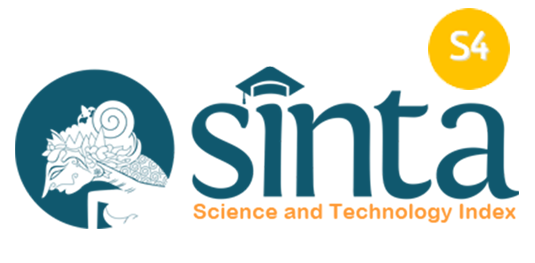Electrical Analysis of Combination of Orange Peel and Tamarind for Bio-battery Application as an Alternative Energy
Abstract
The use of disposable primary batteries causes environmental pollution due to the lack of battery waste treatment facilities, so it is necessary to handle the problem by making bio-batteries from orange peel and tamarind. The purpose of this study is to know the influence of good electricity on variations of the combination of orange peel and tamarind. The novelty of this study is (1) the use of biomass combination of orange peel and tamarind as bio-battery electrolytes and (2) comparison of orange peel to tamarind. The method used in this study is by experimenting with a mixture of sweet orange peel and tamarind made into pasta and put in a used battery. The results showed that bio-batteries with a variation of 25% orange to tamarind had the highest voltage and the most powerful electric current. This happens because the ion content in the variation is not concentrated so it is easy to move widely. In conclusion, bio-batteries with a mixture of orange peel and acid are the best variation of 25% orange peel against tamarind. The study is expected to reduce the use of chemicals in batteries and reduce disposable battery waste.
Keywords
Full Text:
PDFReferences
Abidin, M., Hafidh, A. F., Widyaningsih, M., Yusuf, M., and Murniati, A. (2020) Pembuatan Biobaterai berbasis ampas kelapa dan tomat busuk. Al-Kimiya: Jurnal Ilmu Kimia dan Terapan, 7(1), 28- 34.
Atina, A. (2015). Tegangan dan kuat arus listrik dari sifat asam buah. Sainmatika: Jurnal Ilmiah Matematika dan Ilmu Pengetahuan Alam, 12(2), 28-42.
Erviana, Y., Supriyanto, A., Suciyati, S. W., and Pauzi, G. A. (2020). Analisis karakteristik elektrik onggok singkong fermentasi yang diawetkan sebagai pasta bio-baterai. Journal of Energy, Material, and Instrumentation Technology, 1(1), 27-32.
Fadillah, M. (2019). Pengaruh kepekatan larutan elektrolit asam jawa (tamarindus indica) terhadap kelistrikan sel volta. In Seminar Nasional Lontar Physics Forum. 37-41.
Fauzia, S., Ashiddiqi, M. A. H., and Khotimah, A. W. I. K. (2019). Fruit and vegetables as a potential source of alternative electrical energy. Proceeding International Conference on Science and Engineering, 2, 161-167.
Febriyanto, P., Jerry, J., Satria, A. W., and Devianto, H. (2019). Pembuatan dan karakterisasi karbon aktif berbahan baku limbah kulit durian sebagai elektroda superkapasitor. Jurnal Integrasi Proses, 8(1), 19-24.
Hotang, R. R., Sarwuna, D., Munfaatun, E. S., and Togibasa, O. (2018). Pengaruh kandungan glukosa terhadap arus listrik pada biobaterai dari pasta elektrolit ketapang (terminalia catappa L.), Jurnal Fisika Flux: Jurnal Ilmiah Fisika FMIPA Universitas Lambung Mangkurat, 15(2), 110-116.
Ratnawati, E., Ermawati, R., and Naimah, S. (2010). Teknologi biosorpsi oleh mikroorganisme, solusi alternatif untuk mengurangi pencemaran logam berat. Jurnal Kimia dan Kemasan, 32(1), 34-40.
Salafa, F., Hayat, L., and Ma'ruf, A. (2020). An analysis of orange peel (citrus sinensis) as the material for electrolytes in bio-batteries. Jurnal Riset Rekayasa Elektro, 2(1), 1-9.
Suciyati, S. W., and Supriyanto, A. (2019). Analisis jeruk dan kulit jeruk sebagai larutan elektrolit terhadap kelistrikan sel volta. Jurnal Teori dan Aplikasi Fisika, 1, 7-16.
Widyaningsih, W. P., and Mulud, T. H. (2017). Analisis pemanfaatan limbah kulit pisang sebagai energi alternatif pada baterai. Journal Eksergi, 13(2).
Yan, R., and Saha, T. K. (2012). Voltage variation sensitivity analysis for unbalanced distribution networks due to photovoltaic power fluctuations. IEEE Transactions on Power Systems, 27(2), 1078- 1089.
Zhang, Y., Gao, Z., Song, N., and Li, X. (2016) High-performance supercapacitors and batteries derived from activated banana-peel with porous structures. Electrochimica Acta, 222, 1257-1266.
DOI: https://doi.org/10.17509/ijomr.v1i1.33793
Refbacks
- There are currently no refbacks.
Copyright (c) 1970 Kantor Jurnal dan Publikasi, Universitas Pendidikan Indonesia (UPI)

This work is licensed under a Creative Commons Attribution-ShareAlike 4.0 International License.
Indonesian Journal of Multidiciplinary Research (IJOMR) is published by Universitas Pendidikan Indonesia (UPI)















